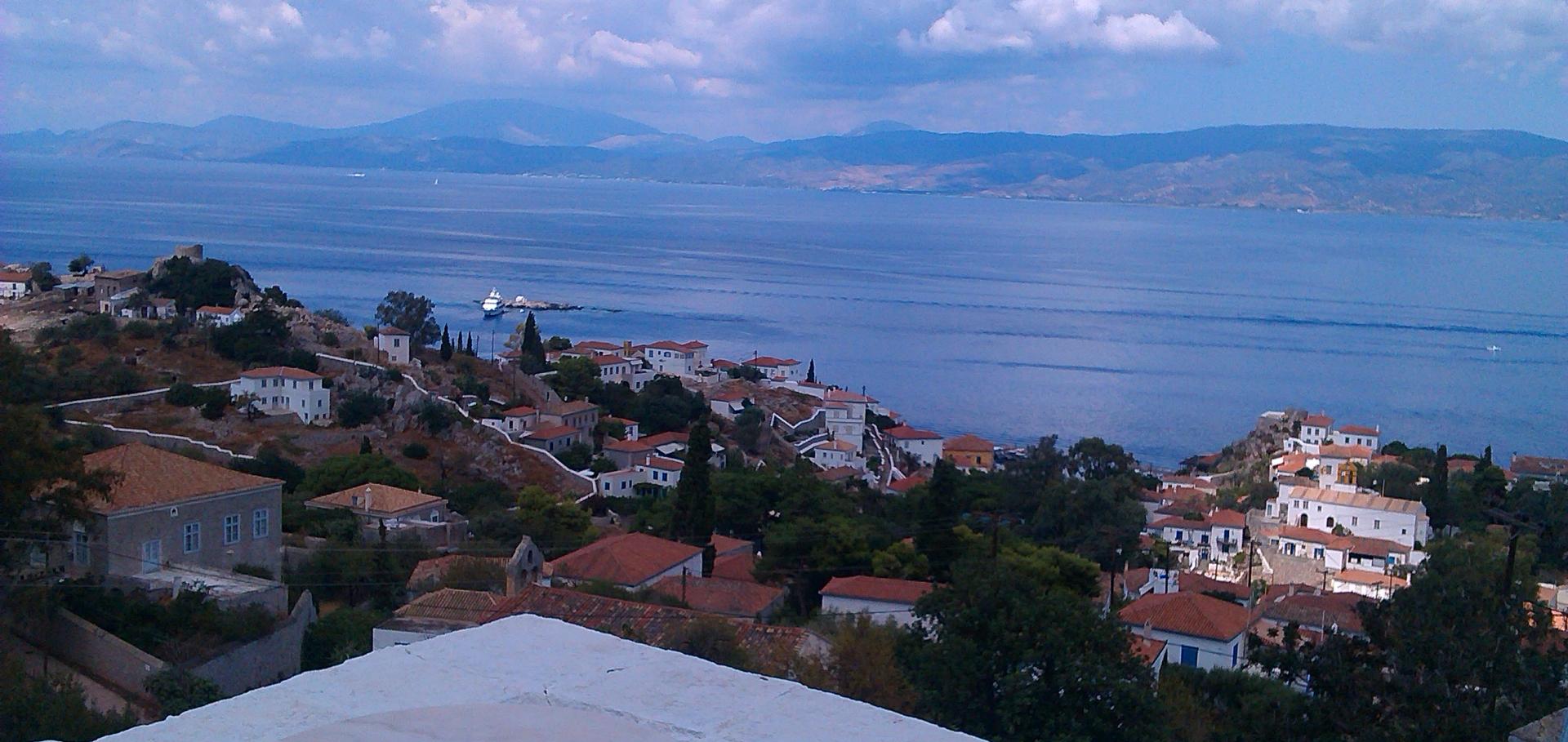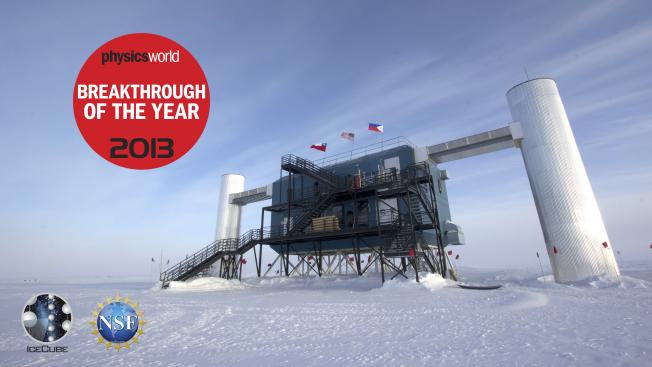Marginal evidence for cosmic acceleration from Type Ia supernovae
(2015)
Search for Prompt Neutrino Emission from Gamma-Ray Bursts with IceCube
Astrophysical Journal Letters IOP Publishing 805:1 (2015) L5-L5
Abstract:
© 2015. The American Astronomical Society. All rights reserved.. We present constraints derived from a search of four years of IceCube data for a prompt neutrino flux from gamma-ray bursts (GRBs). A single low-significance neutrino, compatible with the atmospheric neutrino background, was found in coincidence with one of the 506 observed bursts. Although GRBs have been proposed as candidate sources for ultra-high-energy cosmic rays, our limits on the neutrino flux disfavor much of the parameter space for the latest models. We also find that no more than ∼1% of the recently observed astrophysical neutrino flux consists of prompt emission from GRBs that are potentially observable by existing satellites.Flavor Ratio of Astrophysical Neutrinos above 35 TeV in IceCube
Physical Review Letters American Physical Society 114:17 (2015) 1-8
Abstract:
A diffuse flux of astrophysical neutrinos above 100 TeV has been observed at the IceCube Neutrino Observatory. Here we extend this analysis to probe the astrophysical flux down to 35 TeV and analyze its flavor composition by classifying events as showers or tracks. Taking advantage of lower atmospheric backgrounds for showerlike events, we obtain a shower-biased sample containing 129 showers and 8 tracks collected in three years from 2010 to 2013. We demonstrate consistency with the (fe:fμ:fτ)⊕≈(1:1:1)⊕ flavor ratio at Earth commonly expected from the averaged oscillations of neutrinos produced by pion decay in distant astrophysical sources. Limits are placed on nonstandard flavor compositions that cannot be produced by averaged neutrino oscillations but could arise in exotic physics scenarios. A maximally tracklike composition of (0:1:0)⊕ is excluded at 3.3σ, and a purely showerlike composition of (1:0:0)⊕ is excluded at 2.3σ.How rare is the Bullet Cluster (in a ΛCDM universe)?
Journal of Cosmology and Astroparticle Physics IOP Publishing 1504:4 (2015) 050-050
Abstract:
The Bullet Cluster (1E 0657-56) is well-known as providing visual evidence of dark matter but it is potentially incompatible with the standard ΛCDM cosmology due to the high relative velocity of the two colliding clusters. Previous studies have focussed on the probability of such a high relative velocity amongst selected candidate systems. This notion of 'probability' is however difficult to interpret and can lead to paradoxical results. Instead, we consider the expected number of Bullet-like systems on the sky up to a specified redshift, which allows for direct comparison with observations. Using a Hubble volume N-body simulation with high resolution we investigate how the number of such systems depends on the masses of the halo pairs, their separation, and collisional angle. This enables us to extract an approximate formula for the expected number of halo-halo collisions given specific collisional parameters. We use extreme value statistics to analyse the tail of the pairwise velocity distribution and demonstrate that it is fatter than the previously assumed Gaussian form. We estimate that the number of dark matter halo pairs as or more extreme than 1E 0657-56 in mass, separation and relative velocity is 1.3+2.0On the interpretation of dark matter self-interactions in Abell 3827
(2015)



